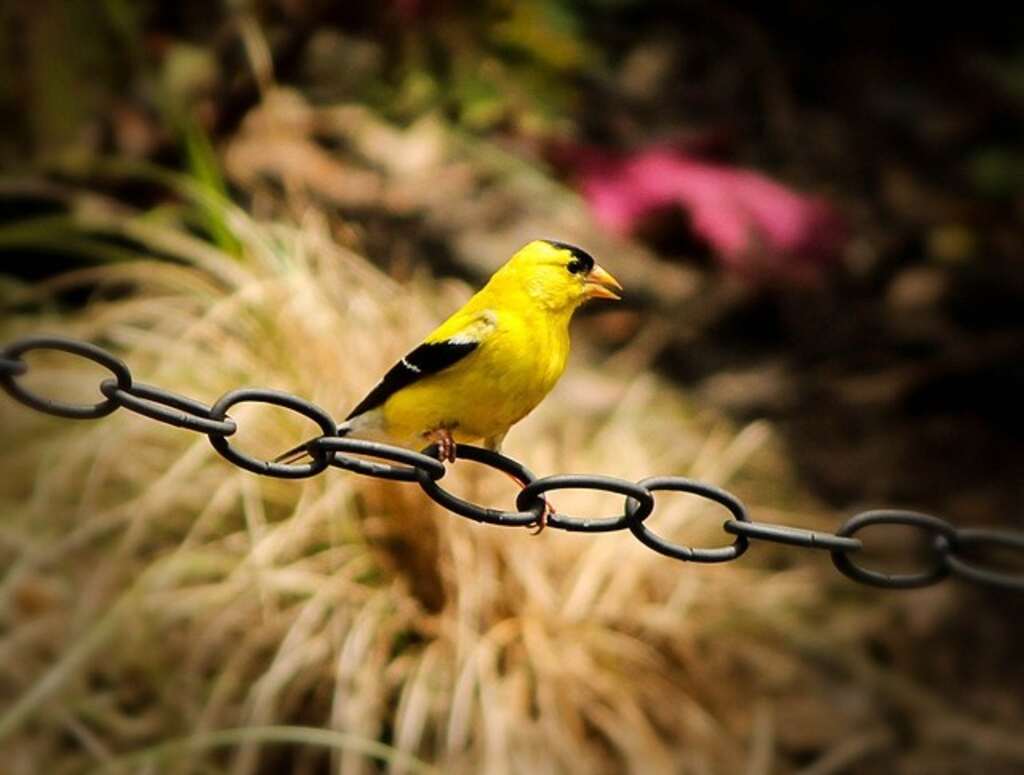If you’re an avid birdwatcher, New Jersey is the perfect destination to explore a diverse range of bird species. From the lush forests of northern New Jersey to the picturesque beaches along the Jersey Shore, the state boasts a variety of habitats that make it a haven for birdwatchers.
In this guide, we’ll take you through some of the top birdwatching hotspots in New Jersey, highlighting popular spots in each region of the state. Whether you’re a beginner or an experienced birder, these locations offer unique opportunities to observe and enjoy the beauty of New Jersey’s avian inhabitants.
Table of Contents
- 1 Key Takeaways:
- 2 Top Birdwatching Hotspots In New Jersey
- 3 Exploring the Diverse Habitats of New Jersey
- 4 Prime Birdwatching Locations in Northern New Jersey
- 5 Coastal Birdwatching Hotspots Along the Jersey Shore
- 6 Birdwatching Gems in Central New Jersey
- 7 Exploring the Bird Diversity of Southern New Jersey
- 8 Birding Tips and Etiquette for New Jersey
- 9 Conservation Efforts in New Jersey
- 10 Conclusion
- 11 FAQs: Top Birdwatching Hotspots In New Jersey
- 11.1 What are the top birdwatching hotspots in New Jersey?
- 11.2 Which areas of New Jersey are known for prime birdwatching?
- 11.3 Where can I find birdwatching trails and parks in New Jersey?
- 11.4 What are some birdwatching tips and etiquette for New Jersey?
- 11.5 What are the conservation efforts in New Jersey?
- 12 Author
Key Takeaways:
- New Jersey is home to a variety of habitats that make it a prime destination for birdwatchers.
- This guide will showcase some of the top birdwatching hotspots in New Jersey, including prime locations in each region of the state.
- From coastal hotspots to wooded trails, New Jersey offers unique opportunities to observe rare and exotic bird species.
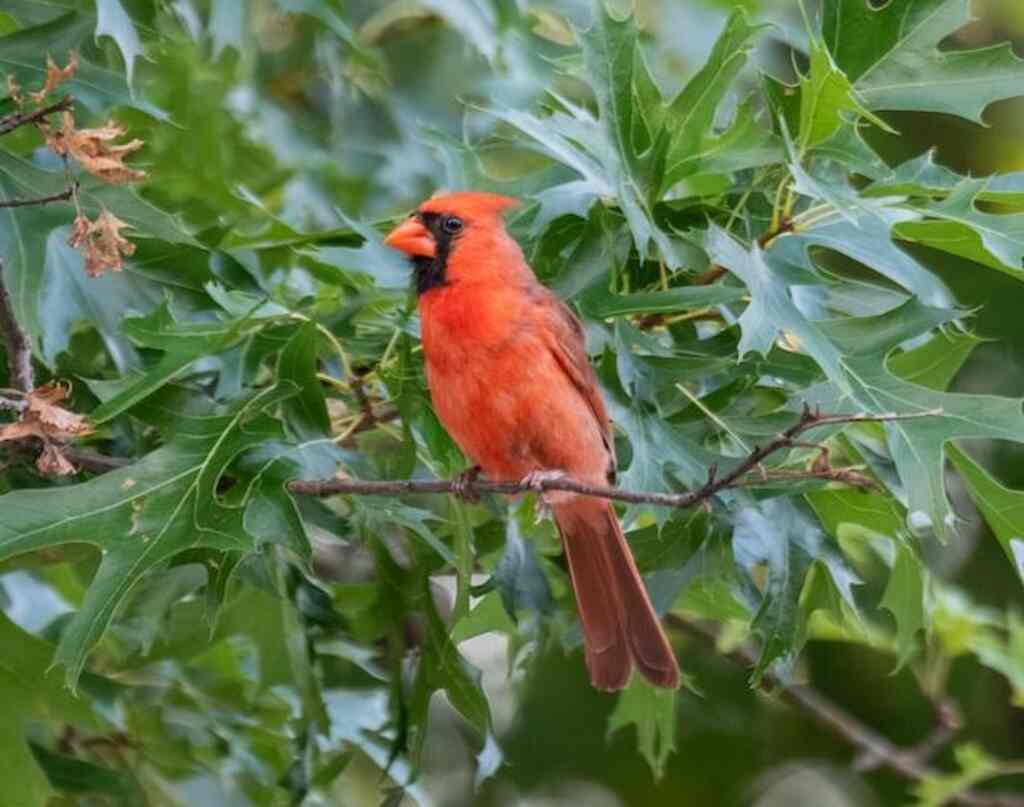
Top Birdwatching Hotspots In New Jersey
New Jersey is a popular destination for birdwatchers, with a variety of habitats that attract a diverse range of bird species. Some of the top birdwatching hotspots in New Jersey include Cape May, the Meadowlands, and Sandy Hook.
These areas offer opportunities to spot a wide range of bird species, from raptors and waterfowl to songbirds and migratory species. Whether you’re an experienced birdwatcher or a novice, New Jersey’s birdwatching hotspots are sure to provide a memorable experience.
Exploring the Diverse Habitats of New Jersey
New Jersey’s diverse habitats make it a haven for birdwatchers seeking unique and exciting sightings. From wetlands to forests to coastal areas, the state offers a range of ecosystems for bird enthusiasts to explore.
Wetlands
New Jersey is home to a variety of wetlands, including salt marshes, freshwater swamps, and bogs. These habitats provide critical nesting and feeding grounds for many bird species, including waterfowl, wading birds, and songbirds.
Popular birding sites in wetlands include:
| Site | Birds to Look For |
|---|---|
| Great Swamp National Wildlife Refuge | Bald Eagles, Wood Ducks, Great Blue Herons |
| Cape May National Wildlife Refuge | Least Bitterns, Clapper Rails, American Black Ducks |
Forests
New Jersey’s forests are home to a variety of bird species, including woodpeckers, warblers, American goldfinch and owls. Some of the best birdwatching sites in forests are the state parks, which offer varied terrain and habitats.
Popular birding sites in forests include:
- High Point State Park
- Wharton State Forest
- Great Swamp National Wildlife Refuge
Coastal Areas
New Jersey’s coastal areas are a prime location for birdwatching, particularly during migration seasons. Visitors can observe shorebirds, seabirds, and other coastal species along the state’s beaches, bays, and marshes.
Popular birding sites in coastal areas include:
| Site | Birds to Look For |
|---|---|
| Cape May Point State Park | Ruddy Turnstones, American Oystercatchers, Peregrine Falcons |
| Edwin B. Forsythe National Wildlife Refuge | Snow Geese, Common Terns, Black Skimmers |
No matter the habitat, New Jersey offers a range of popular birding sites and trails for avian enthusiasts to explore. With so much to see and experience, it’s no wonder that New Jersey is known as one of the top birdwatching locations in the country.

Prime Birdwatching Locations in Northern New Jersey
Northern New Jersey is a prime destination for birdwatchers, offering a diverse range of habitats and ecosystems that attract a wide variety of bird species throughout the year. Here are some of the must-visit birding spots in NJ:
| Location | Species to watch for | Tips for birdwatching |
|---|---|---|
| Cape May | WarblersHummingbirdsFalcons | Visit in the fall for the best birdwatching opportunitiesJoin a guided birdwatching tourBring binoculars and a camera |
| Great Swamp National Wildlife Refuge | Bald EaglesWoodpeckersHawks | Explore the trails and boardwalks for the best viewsVisit during the winter for bald eagle sightingsCheck the refuge’s website for guided walks and events |
These prime birdwatching locations in northern New Jersey are just a few of the many birding destinations New Jersey has to offer. Make sure to bring your binoculars and a camera to capture the incredible bird diversity of the Garden State.
Coastal Birdwatching Hotspots Along the Jersey Shore
The Jersey Shore is home to some of the best coastal birdwatching hotspots in New Jersey. Here are some of the top locations to check out:
| Location | Species to Look For | Best Time to Visit |
|---|---|---|
| Cape May Point State Park | Red Knot, Peregrine Falcon, Northern Gannet | Spring and Fall for migratory birds |
| Brigantine Wildlife Refuge | Osprey, Snowy Egret, Laughing Gull | Spring and Summer for nesting birds |
| Island Beach State Park | Piping Plover, American Oystercatcher, Black Skimmer | Summer for nesting birds |
In addition to these prime locations, there are also a number of birdwatching trails and parks along the Jersey Shore that offer unique birdwatching experiences. The Barnegat Lighthouse State Park, Sandy Hook Gateway National Recreation Area, and Two Mile Beach Unit are all great options for coastal birdwatching.
Birding Tips for the Jersey Shore
When birding along the Jersey Shore, keep in mind that many of the species found in this area are sensitive to disturbance. Make sure to stay within designated areas and follow all posted signs and regulations.
Additionally, bring along a pair of binoculars or a spotting scope to get a closer look at the birds without disturbing them. Finally, be sure to respect the natural habitats of the birds by avoiding trampling on any vegetation or disturbing nesting areas.
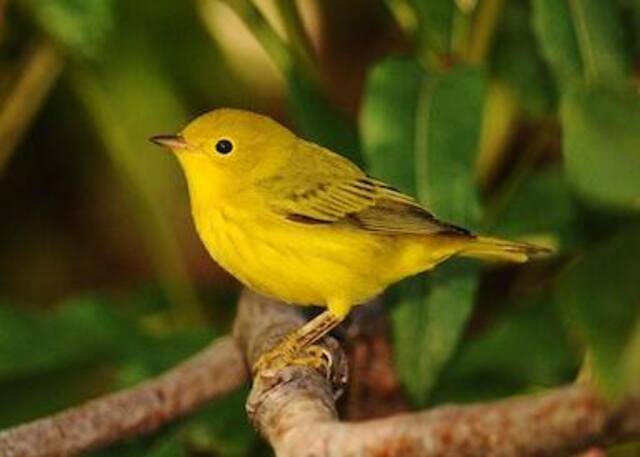
Birdwatching Gems in Central New Jersey
Central New Jersey boasts several hidden birdwatching gems, where enthusiasts can observe amazing avian species in their natural habitats.
The first of these is the Mercer Meadows, where over 200 bird species have been spotted. The park’s varied habitats include grasslands, wetlands, and forests, and it’s an excellent place to observe migratory birds.
| Park Name | Location |
|---|---|
| Mercer Meadows | Princeton, NJ |
The Plainsboro Preserve is another stunning location for birdwatching. This preserve features over 1,000 acres of unspoiled nature, with a diverse range of habitats, including wetlands and meadows. It is a popular spot for observing birds of prey and songbirds.
| Park Name | Location |
|---|---|
| Plainsboro Preserve | Cranbury, NJ |
The Union Transportation Trail, a former railway line, is another hidden gem for birdwatching. The trail runs through multiple towns and features a variety of habitats, including wetlands, forests, and meadows. It is a great spot for observing waterfowl and migratory songbirds.
| Trail Name | Location |
|---|---|
| Union Transportation Trail | Middlesex, NJ |
If you’re looking for a unique birdwatching experience, visit Duke Farms. This property features 18 miles of trails that wind through a variety of habitats, including meadows, wetlands, and woodlands. It is home to over 220 bird species, and visitors can also observe bald eagles and peregrine falcons.
| Park Name | Location |
|---|---|
| Duke Farms | Hillsborough, NJ |
Whether you’re a beginner or experienced birder, central New Jersey offers plenty of opportunities for observing a wide variety of bird species in beautiful natural surroundings.
Exploring the Bird Diversity of Southern New Jersey
Southern New Jersey offers a unique birdwatching experience due to its diverse ecosystems. From the salt marshes and beaches to the pine forests and wetlands, southern New Jersey has it all. Birdwatchers can observe a range of species, including migratory birds and rare sightings.
If you’re looking for some of the best birdwatching spots in the region, start with Cape May. Known as the “birding capital of North America,” Cape May attracts a wide variety of bird species, including warblers, hawks, and seabirds. The Cape May Bird Observatory provides birdwatching tours and events year-round.
The Edwin B. Forsythe National Wildlife Refuge
The Edwin B. Forsythe National Wildlife Refuge is another hotspot for birdwatching in southern New Jersey. Located along the Atlantic Flyway, the refuge is a crucial stopover for migratory birds. Visitors can view a range of bird species, from waterfowl to shorebirds, on the various trails and observation platforms throughout the refuge.
| Location | Species | Best Time to Visit |
|---|---|---|
| Lake Oswego | Belted Kingfisher, Green Heron, Black-crowned Night-Heron | April – September |
| Ocean City | Piping Plover, Least Tern, American Oystercatcher | May – August |
| Negri-Nepote | Osprey, Tree Swallow, Eastern Bluebird | March – June |
The refuge also offers educational programs and events for visitors of all ages. Check the website for more information on guided birdwatching tours and other activities.
Other Noteworthy Hotspots
In addition to Cape May and the Edwin B. Forsythe National Wildlife Refuge, southern New Jersey has several other noteworthy birdwatching hotspots. The Sandy Hook Unit of Gateway National Recreation Area is a popular destination for observing shorebirds and raptors. The Higbee Beach Wildlife Management Area is known for its warbler migration in the springtime.
“Southern New Jersey offers a unique birdwatching experience due to its diverse ecosystems.”
If you’re looking for something more organized, consider attending one of the many birdwatching festivals and events in the region. The Cumberland County Winter Eagle Festival and the World Series of Birding are just a few examples of the exciting opportunities available for birdwatchers in southern New Jersey.
Remember to respect the birds and their habitats when birdwatching. Stay on the designated trails, use binoculars instead of disturbing the birds, and avoid overcrowding in popular areas. With these tips in mind, you can enjoy the beauty and diversity of southern New Jersey’s avian inhabitants.
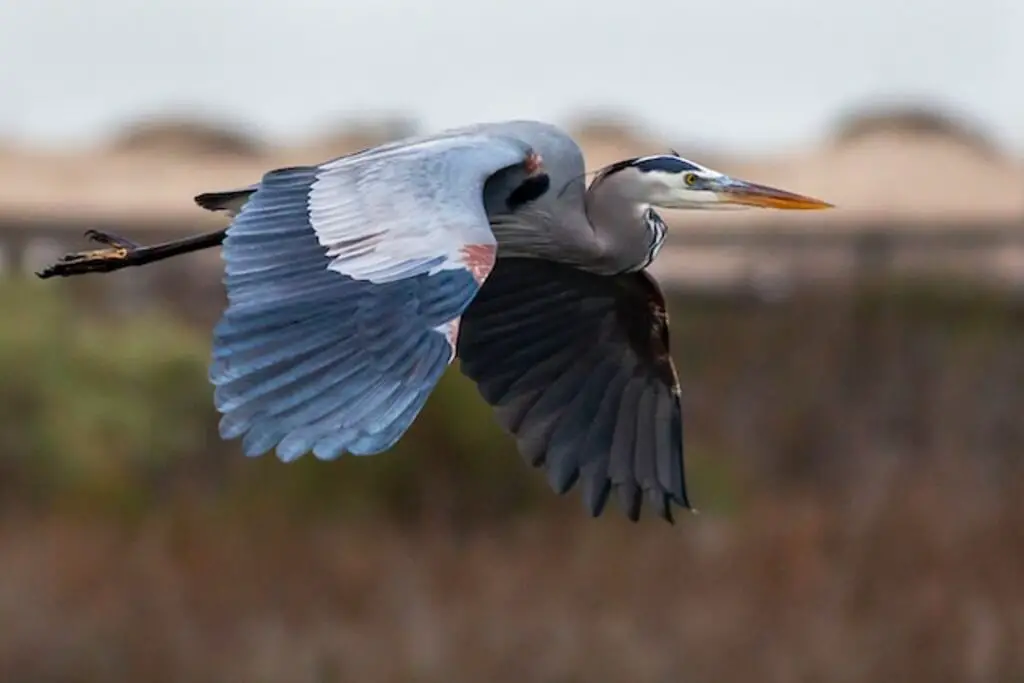
Birding Tips and Etiquette for New Jersey
While birdwatching is an enjoyable and fulfilling activity, it is important to follow certain tips and etiquette to ensure a safe and respectful experience for both birds and humans. Here are some useful guidelines to follow:
1. Respect the Birds and their Habitats
When observing birds, be sure to keep a safe distance and avoid disturbing their natural behaviors. If you see a bird displaying signs of distress, such as vocalizations or agitated movements, it is best to move away and give them space. Additionally, respect the habitats of the birds, and avoid trespassing in private property or disturbing nesting areas.
2. Use Proper Gear
Invest in a good pair of binoculars to enhance your birdwatching experience. Additionally, wear comfortable clothing and footwear appropriate for the weather and terrain. Be mindful of the impact sunscreen, bug spray, and other products may have on birds and their habitats.
3. Learn Bird Identification Techniques
Before heading out to birdwatch, take the time to learn basic bird identification techniques. This includes studying field guides and familiarizing yourself with common bird species in New Jersey. Additionally, be aware of variations in bird plumage throughout seasons and ages.
4. Follow Ethical Behavior
Respectful birdwatching involves mindful and ethical behavior towards both birds and other birdwatchers. Avoid making loud noises, littering, or engaging in disruptive activities. Additionally, be mindful of other birdwatchers and give them space when observing birds.
5. Support Conservation Efforts
Finally, support conservation efforts that protect bird habitats and species in New Jersey. This includes participating in local birding groups or organizations, donating to conservation causes, and advocating for policies that protect the environment and wildlife.
Conservation Efforts in New Jersey
New Jersey is home to a diverse array of bird species, and many organizations and initiatives are dedicated to preserving their habitats and protecting their populations. These conservation efforts are crucial in ensuring that future generations can continue to enjoy the beauty and wonder of the state’s avian inhabitants.
Protecting Wetlands
Wetlands are essential habitats for many bird species, but they are also at risk of being destroyed by development and other human activities. The Wetlands Institute in Stone Harbor, NJ, is committed to protecting and restoring wetland habitats along the state’s coastline. The organization conducts research, offers educational programs, and engages in advocacy efforts to promote wetlands conservation.
Restoring Grasslands
Grasslands are another important habitat for birds, particularly ground-nesting species like the Eastern Meadowlark. However, grasslands are also threatened by development and other factors. The New Jersey Audubon Society has launched a grassland restoration program that aims to create and maintain grassland habitats for birds, as well as provide educational opportunities for the public.
Reducing Bird Collisions
Collisions with buildings are a major source of bird mortality, particularly for migratory species. The Fatal Light Awareness Program (FLAP) is a Toronto-based organization that has expanded to New Jersey. It advocates for bird-friendly building design and lighting practices to reduce bird collisions with buildings.
Encouraging Citizen Science
Many conservation efforts rely on citizen science, which involves regular people collecting data on bird populations and habitats. The New Jersey Audubon Society has launched citizen science initiatives like the New Jersey Bird Records Committee and the Coastal Birds Count program, which allow birdwatchers to contribute to important research while enjoying their hobby.
By supporting and participating in these conservation efforts, birdwatchers can help protect the fragile ecosystems that sustain New Jersey’s bird populations.
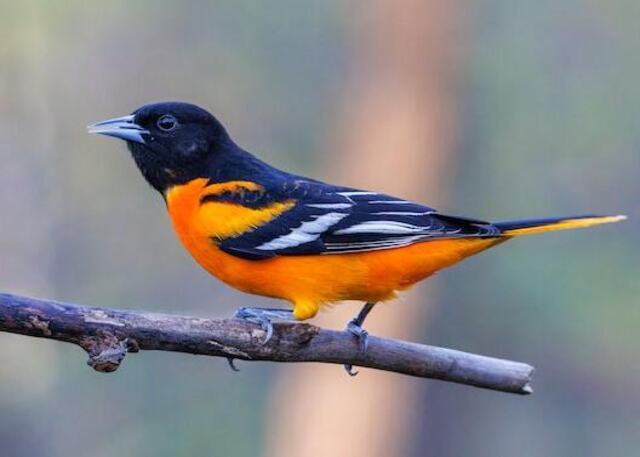
Conclusion
New Jersey is a haven for bird enthusiasts, with a diverse range of habitats and more than 400 bird species. From the prime birdwatching locations in northern New Jersey to the coastal hotspots along the Jersey Shore, and the birding gems in central and southern New Jersey, the state offers unique opportunities for birdwatchers to explore and observe the fascinating world of avian life.
By following the birding tips and etiquette provided in this guide, birdwatchers can enhance their experience and help preserve the habitats and species they encounter. Moreover, supporting the conservation efforts in New Jersey is crucial to maintain the well-being of the natural environment and to ensure the survival of the state’s bird populations.
Whether you are a seasoned birder or a beginner, we hope this New Jersey birdwatching guide has inspired you to discover and enjoy the beauty and diversity of the state’s avian inhabitants.
FAQs: Top Birdwatching Hotspots In New Jersey
What are the top birdwatching hotspots in New Jersey?
The top birdwatching hotspots in New Jersey include the diverse habitats of the state, such as wetlands, forests, and coastal areas. Some popular birding sites and trails include the Northern Highlands, Cape May Peninsula, Great Swamp National Wildlife Refuge, and Forsythe National Wildlife Refuge.
Which areas of New Jersey are known for prime birdwatching?
Northern New Jersey is known for its prime birdwatching locations, attracting a wide variety of bird species, including migratory birds. The coastal areas along the Jersey Shore are also popular for observing shorebirds and seabirds. Central New Jersey is home to birdwatching gems, while southern New Jersey boasts a diverse bird population, including unique and rare species.
Where can I find birdwatching trails and parks in New Jersey?
New Jersey offers a variety of birdwatching trails and parks throughout the state. Some notable locations include the Delaware Water Gap National Recreation Area, Cape May Point State Park, and Edwin B. Forsythe National Wildlife Refuge. These places provide opportunities to observe different bird species and enjoy the natural beauty of the surroundings.
What are some birdwatching tips and etiquette for New Jersey?
When birdwatching in New Jersey, it is important to be respectful towards birds and their habitats. Use binoculars or a spotting scope to observe birds from a distance without disturbing them. Learn to identify different bird species and their behaviors.
Stay on designated paths and avoid trampling vegetation. Lastly, consider joining local birdwatching organizations and attending birdwatching festivals to enhance your knowledge and contribute to conservation efforts.
What are the conservation efforts in New Jersey?
New Jersey has various conservation efforts in place to protect habitats and bird species. Organizations and initiatives dedicated to these efforts include the New Jersey Audubon Society, the Conserve Wildlife Foundation of New Jersey, and the National Audubon Society’s Important Bird Areas program.
Supporting these organizations and participating in citizen science projects can contribute to the conservation of birds and their habitats.

